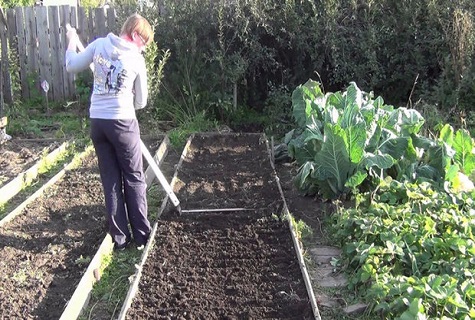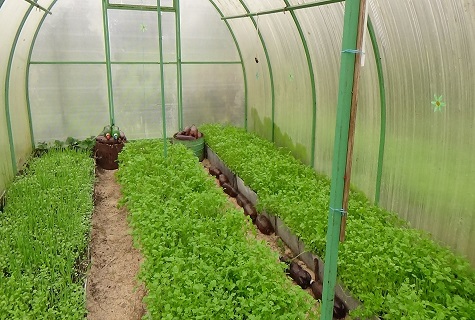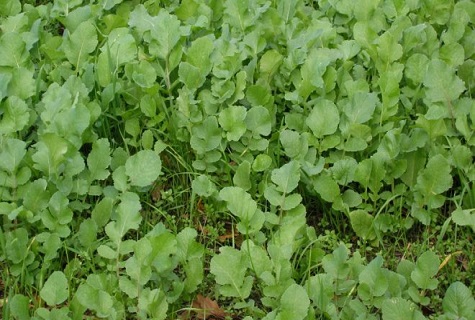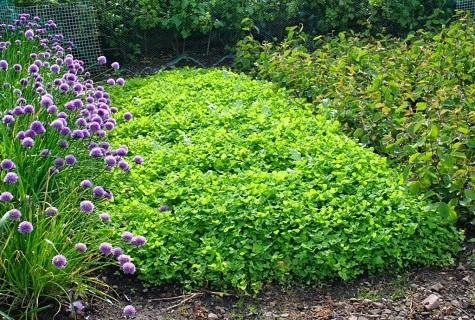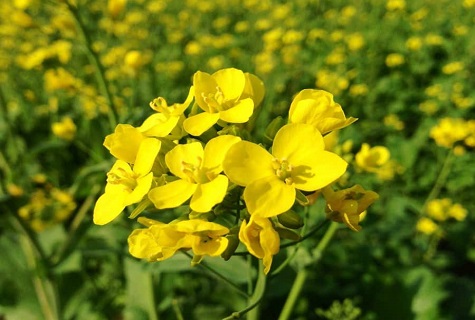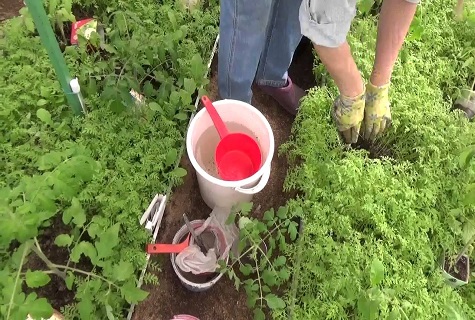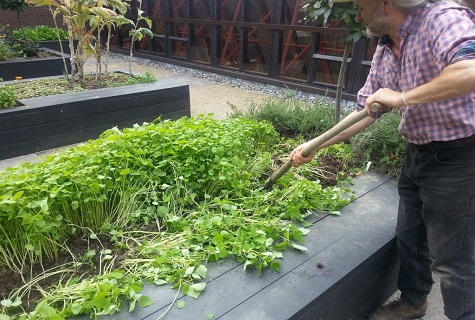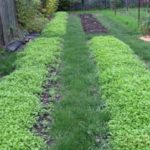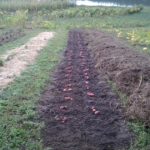During the green manure process, several hundred annual and perennial plants can be used as organic fertilizers. When choosing green manure for tomatoes, take into account plant compatibility, soil characteristics, and climatic features. The most commonly used in our climate are lupine, vetch, mustard, phacelia, barley, oats, and rapeseed..
They are planted as predecessors at the very beginning of spring or late autumn, as a winter crop. In some cases, the main crop is planted directly in green manure and grown together, using the ability of fragrant herbs to create a protective zone from pests, fungal and viral diseases.
Why is green manure needed?
Green manure performs several functions at once, influencing the composition of the soil layer, protecting plantings from pests, and attracting beneficial insects to the site during the flowering period. When choosing green manure for tomatoes, use plants from the cereal, legume, and cruciferous families, excluding nightshade crops related to tomatoes.
The grown green shoots are dug up. The effectiveness of plowing green fertilizers on the standing soil is comparable to the use of manure. In some cases, the green flooring is mowed, used as mulch or for making compost.
Using the characteristics of various groups of plants, they naturally improve the physical and chemical properties of the soil:
- incorporating green mass into the soil increases the organic content and significantly accelerates the process of humus formation;
- increased microbial activity contributes to the creation of beneficial microflora, which gives the plant the opportunity to receive nutrients in an accessible form;
- the short growth period and powerful root system of some green manures contribute to effective weed control. They shade the top layer of soil and inhibit the germination of weeds;
- green manure roots loosen the soil, improve its aeration and moisture capacity;
- Some plants are able to reduce soil acidity and resist fungal infections and pests.
Depending on the characteristics and degree of soil depletion, plants are selected for green manure. These crops are not demanding to grow, but when watered they gain green mass faster.
Which plants to choose
In central Russia, tomatoes are mainly grown in greenhouses or greenhouses. Cold-resistant plants that can tolerate changes in sub-zero temperatures are chosen as green manures.Green manure is planted in the spring under film, as soon as the top layer of soil begins to thaw, in order to have time to cut the greens and prepare the greenhouse for planting seedlings. In the fall, after completing the harvesting work, winter crops are sown in the greenhouse soil, which can successfully overwinter, and with the onset of the first warmth, quickly grow greenery.
Lupine, mustard, a whole range of legumes, and cereals are most suitable for the greenhouse:
- Lupine loosens the soil well, lifting up useful substances, including nitrogen, from the deep layers of the soil. Repels soil-dwelling pests;
- White mustard is the most common green manure that enriches the soil and fights well against a number of pests, fungal and viral diseases. The plant limits the growth of weeds, prevents erosion of the soil layer;
- Oilseed radish has a powerful root system, perfectly loosens the soil, and lifts a whole range of useful substances to the top. The plant protects vegetable crops from diseases;
- vetch, with its abundant green mass, is an excellent supplier of organic fertilizer. The root system, in symbiosis with bacteria, accumulates nitrogen in the upper layers of the soil in a form accessible to plants. Planted with tomatoes, it can increase their yield by 40%;
- Phacelia is an excellent honey plant that attracts bees and bumblebees. Effective as an organic mass. It can influence soil acidity and reduce the number of weeds;
- alfalfa also reduces the acidic soil environment and improves its structure. Accumulates nitrogen and nutrients in a form suitable for tomatoes.
Most often, legumes are used for green manure, the roots of which harbor bacteria that can enrich the soil with nitrogen.They have good germination, are cold-resistant, and have an excellent effect on soil aeration. Peas, beans, clover, lupine, vetch - and many other plants belong to this large family.
It is better to choose cereal green manure from frost-resistant winter crops, which are planted after harvesting tomatoes in a greenhouse. These are oats, barley, fescue, and chumise, which are well known to everyone. They winter successfully, releasing maximum nutrients into the soil during the winter season.
Cruciferous green manures are very unpretentious. Substances secreted by their root system prevent the spread of a number of diseases, including late blight, and repel pests. Our most popular crops are mustard, oilseed radish, rapeseed, and rapeseed.
Planting green manure
The landing rules are very simple. The main thing is to choose the most suitable crops that can improve the health and structure of the soil in the autumn or early spring. This way the earth will not just rest, but restore strength for the next season. The cost of seeds of this category of plants is low and makes it possible to sow green manure not only in small areas of greenhouses. Sideration allows you to prepare large areas of open ground.
- Green manure for tomatoes should not belong to the nightshade family of plants, to which the main crop belongs. Plants should be rotated seasonally and annual repetitions should be avoided if possible. If cereal crops were planted under tomatoes in the spring, then cruciferous plants are sown in the greenhouse in the fall. It could be mustard or rapeseed.
- Plants are sown thickly in moist soil, combining the seeds with sand. After sowing, the area is sprinkled with a thin layer of peat or garden soil. When planting in a greenhouse or greenhouse, the ridges are completely sown in the fall.In the spring, the planting pattern is changed, leaving a strip that will be planted with tomatoes.
- When green manure reaches technical height, they are mowed and left on the soil surface as mulch. You can also dig up the green carpet. The main thing is not to let the plants throw away their seeds and cut off the greens no later than the flowering period.
- Green manure, like any organic fertilizer, works successfully for a fairly long period of time. The question of which green manure to choose is directly related to the chain of previous crops. With this method of influencing the soil, it is better to plant green fertilizers taking into account the overall crop rotation of the site.
- For a greenhouse where one or two basic crops are grown, this rule is also true. Not all plants can be successfully sown as predecessors for tomatoes and cucumbers. When choosing green manure, draw up a planting schedule for 2-3 years in advance.
Green manure is a good, natural fertilizer that can be used without fear of making a mistake in dosage. The complex effect of plants during the green manure process on the structure and quality of the soil allows for more efficient use of the land, permanently changing its productivity.
According to experts, a triple harvest of legumes is equivalent to a portion of manure necessary to restore soil fertility. Yes, simple planting peas, lupine or clover, will help the land plot with minimal financial costs. True, this method requires additional labor, so everyone has the right to choose a simpler method. Considering the peculiarities of growing tomatoes in small greenhouses, it is much easier to plant green manure, thereby extending the life of the soil.

